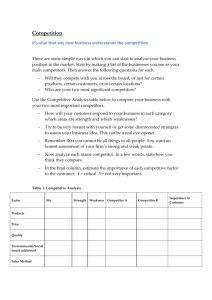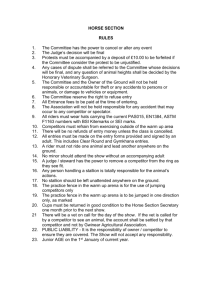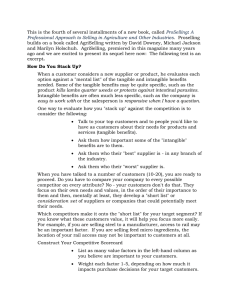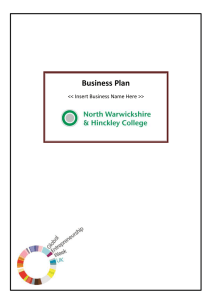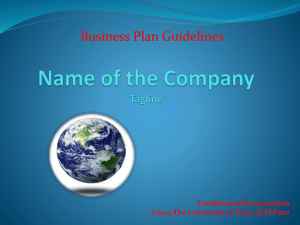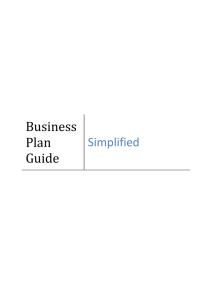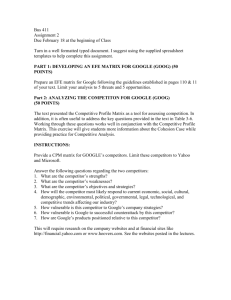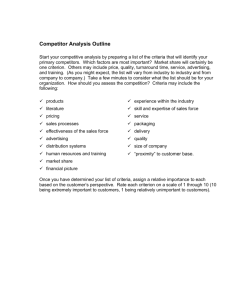Competitive Analysis - Marketing Experiments
advertisement
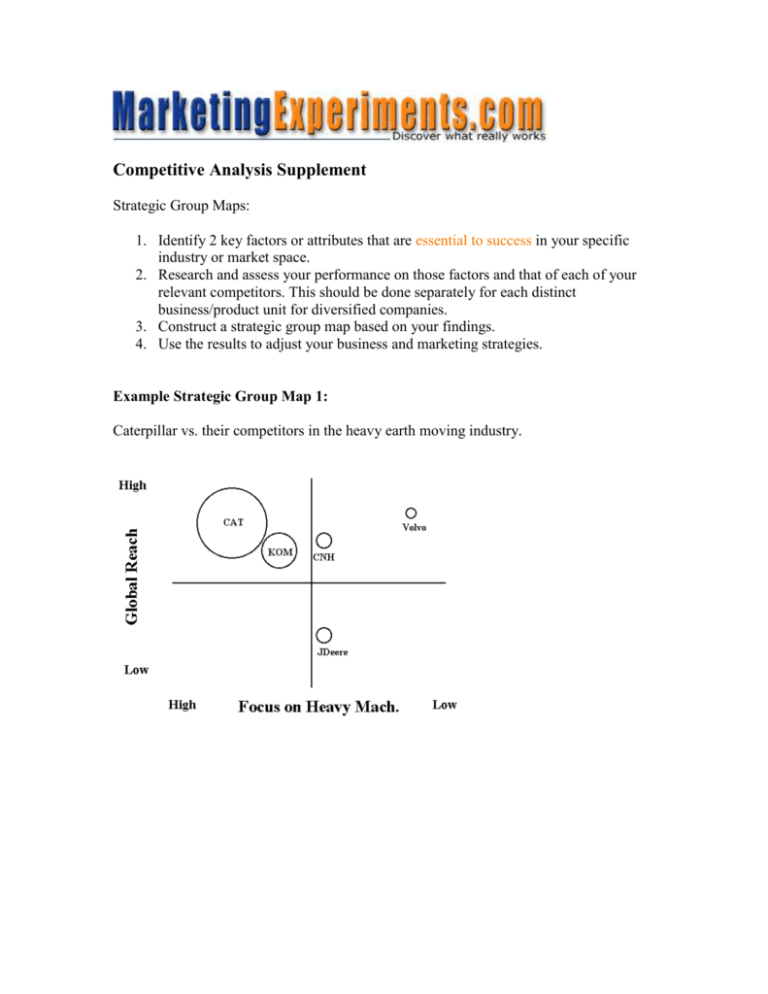
Competitive Analysis Supplement Strategic Group Maps: 1. Identify 2 key factors or attributes that are essential to success in your specific industry or market space. 2. Research and assess your performance on those factors and that of each of your relevant competitors. This should be done separately for each distinct business/product unit for diversified companies. 3. Construct a strategic group map based on your findings. 4. Use the results to adjust your business and marketing strategies. Example Strategic Group Map 1: Caterpillar vs. their competitors in the heavy earth moving industry. Example Strategic Group Map 2: Alltel Communications vs. their competitors in the cellular telephone services industry. Four specific criteria of Sustainable Competitive Advantage 1. Valuable capabilities, 2. Rare capabilities, 3. Costly to imitate capabilities, 4. Non-substitutable capabilities General template for competitive analysis I. Define the Competitive Set A. Definition of the Market 1. Scope of products/services? 2. Geography? 1. Domestic vs. international? B. Method for Determining Competitors 1. Utilize search engines 1. 2. Who else is bidding on your key PPC terms? Who else comes up on natural search results for your terms? 2. Leverage site tracking you may have in place 1. 2. What URL’s are your abandoned orders going to? Where are your visitors coming from? 3. Check Trade Association Memberships 4. Check Business Registries C. Select Competitor Base 1. Based upon your findings, identify relevant competitors II. Competitor Analysis A. Macro Assessment of the Entire Competitor Base [Level-1 analysis] 1. How do they perform on the key factors that drive success in your industry? (ref. tool: “Strategic Group Map”) 2. Revenue model: How do they make their money? 3. Do they have any sources of sustainable competitive advantage? 1. Patents/copyrights 2. “Critical mass” advantage (e.g. EBay, Microsoft) 3. Key relationships with influential persons, entities B. Detailed Assessment of the Competitor Set representing the biggest threat and/or greatest opportunity [Level-2 analysis] 1. Assess Competitor’s Current Objectives 2. Assess Competitor’s Current Strategies 3. Assess Competitor’s Capabilities 4. Assess Competitor’s Will – how determined 5. Predict Future Strategies What should I do with the results of the analysis? C. You will then want to perform a Strategic Audit to assess your company’s current position and competitive options. 1. Maximize your competitive strengths 1. Core competencies 2. Sources of sustainable competitive advantage 2. Determine how to minimize (or make irrelevant) your competitive weaknesses. 3. Assess key opportunities and threats. 4. Determine industry attractiveness for your company 1. Should you consider buying out a minor player who has something that could shore up a weakness? 2. Should you consider courting a buyout of your company by a competitor? 5. Identify your key success factors 1. What can make the wheels fall off if I don’t address? 2. How can I take advantage of major opportunities? 6. Assess your Strategic Alternatives and lay out a plan with specific initiatives and timelines. 7. Execute on your plan.

